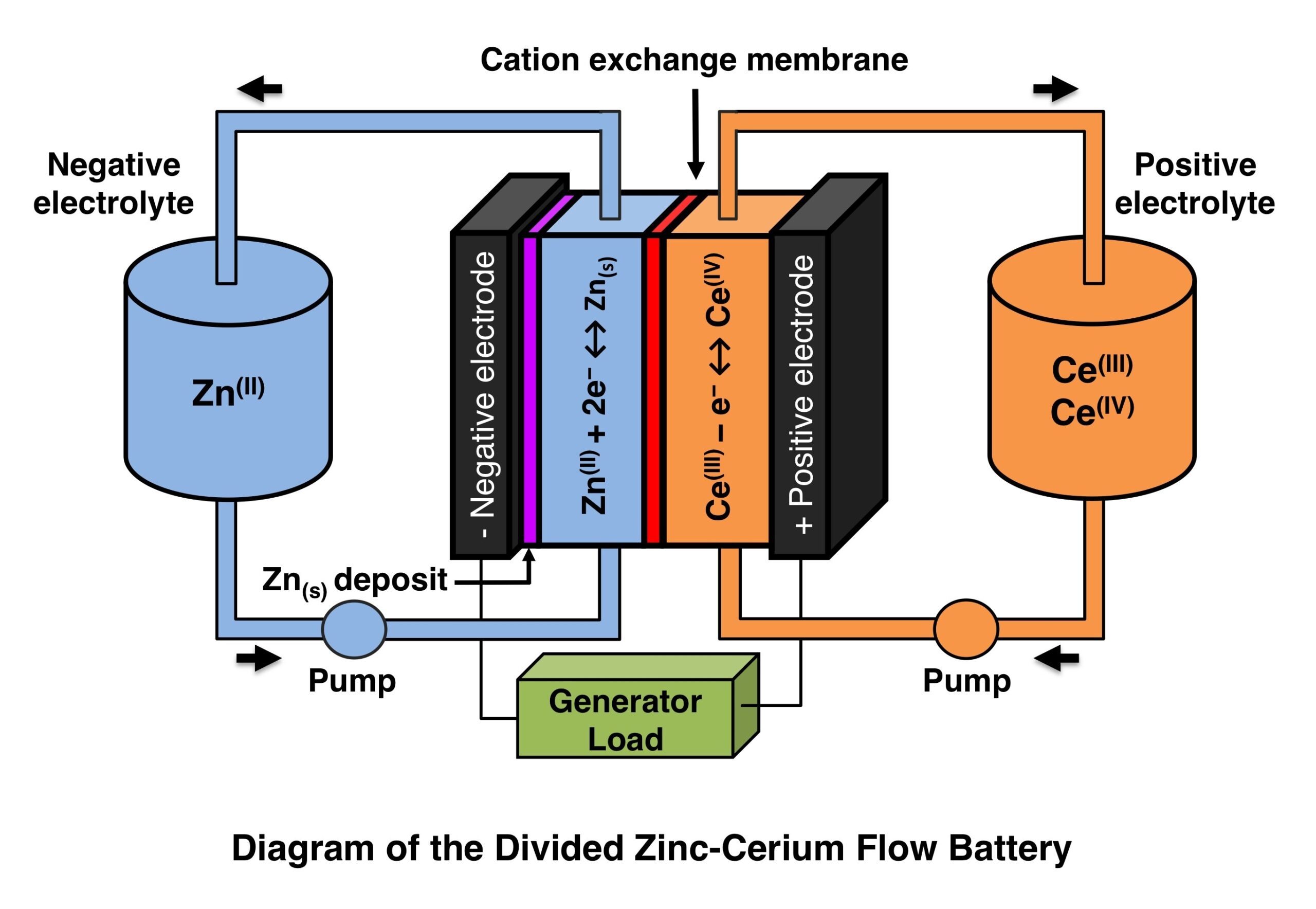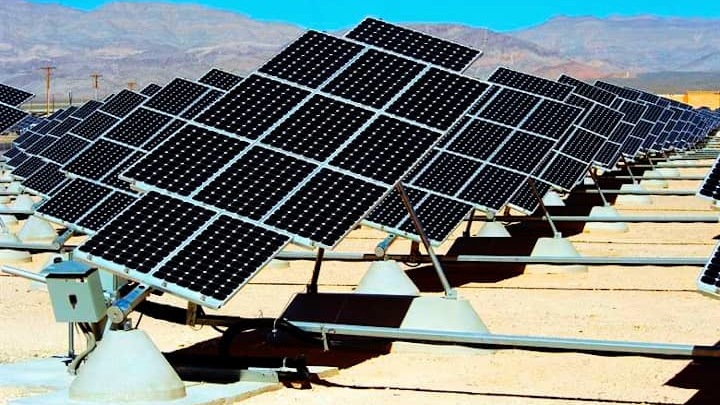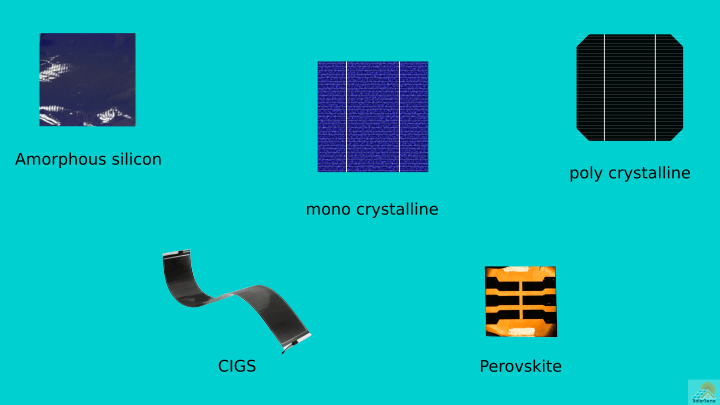When you’re kitting out your solar setup, you’ll have to choose between different batteries, including gel batteries. This choice has a big impact on your entire setup!
All batteries work and perform differently. Some are easier to charge than others, while certain types are better at storing power. The batteries you choose for your solar system setup will also impact what you can power with them. In this article, I walk you through solar gel batteries. I explain what they are, list their pros and cons, and compare them to the two other most common batteries available for solar setups.
What Are Solar Gel Batteries?
Gel batteries differ from regular lead acid batteries since they have a thick gel electrolyte within. This gel consists of sulphuric acid, electrolyte, and silica, creating a thick liquid or gel when mixed. It’s immobile and won’t spill when you tilt the battery. If we could harness all the energy of the sun with more efficient solar panels we would barely have the need for batteries, but until then gel batteries are some of our best options.
How Solar Gel Batteries Work
Like lead acid batteries, gel batteries work with lead plates and terminals. You just don’t have to refill the water every now and then because the batteries’ gases make their own liquid.
You can recharge gel batteries like normal wet cell ones. They have valves that protect your battery against accidentally exploding when overcharging.
The Advantages and Disadvantages of Gel Batteries
The Advantages of Solar Gel Batteries
Maintenance: Gel batteries are maintenance-free. You don’t need to check their water level and top it up. They make their own liquid and use their gel.
Versatile: You can tilt gel batteries and install them at any angle. Their acid can’t spill since they don’t build up pressure. Gel batteries are also adequately sealed.
Unlimited Discharge: Gel batteries don’t have a discharge limit. You can recharge them anytime, even when they are close to full.
Indoor Use: You can install gel batteries in your house without worrying about their safety. They don’t release fumes like regular batteries, making them safe for indoor use.
Eco-Friendly: Gel batteries are better for the environment since they have a zero-spillage risk and don’t pollute the air with fumes.
Durable: If you charge your gel batteries correctly, you won’t have to replace them often. There is also no chance of any terminal corrosion in these batteries.
The Disadvantages of Solar Gel Batteries
Expensive: Gel batteries typically have a high price tag, making your initial investment high. The cost is worth it in the long run, but getting started can be challenging.
Charging Requirements: While gel batteries have valves to protect them from overcharging, learning to charge your batteries the right way can be tricky. Overcharging can drain all their water and burn them out. Since you can’t refill these batteries, they are useless when this happens.
Gel batteries also need a specific type of charger. You need to ensure you have the right one because using the wrong charger can damage your battery. You need to use a controlled voltage at all times to prevent overcharging. This makes these batteries take longer to charge.
Temperature Sensitive: Gel batteries are sensitive to high temperatures and can fail when you expose them to it. This is true for all batteries, but regular lead acid batteries are cheaper to replace.
Gel Batteries vs. Others: Which Is Best?
Some batteries aren’t simply better than others. Many factors need to be considered when looking for a new battery. Gel batteries seem the best choice if you have the money to cover the initial cost. However, they aren’t suited for people who don’t know much about charging. They’re sensitive and require special care.
| Gel Batteries | AGM Batteries | Wet Cell/ Flooded Batteries |
| Absolutely no spilling in any angle. If the battery gets cracked or broken, the gel will stay put. | No spilling except when installed upside down. The gel won’t spill when the battery gets damaged because it has fiberglass linings. | Spillage can happen when the battery is tilted because it can only be installed in one way. All the lead acid will leak when it gets damaged with cracks or holes. |
| Requires no maintenance. You don’t need to refill water, and the gas within these batteries creates their own water supply. | Similar to gel batteries, these have gasses within that create their own water supply. They also require no additional maintenance. | Requires regular maintenance, including water refills. |
| Gel batteries are vibration resistant. There would be no effect, and they’ll use this vibration to their advantage. | The fiberglass separators are packed quite closely together like a concertina. This makes these batteries vibration-resistant. | Vibration can shorten the lifespan of these batteries. It can also cause these batteries to leak if they aren’t sealed properly. |
| These batteries have a very high initial cost. The benefits only start covering these costs in the long run. | The initial cost of these batteries is higher than wet cell batteries but lower than gel batteries. | They have a much lower initial price than gel batteries and a somewhat lower cost than AGM batteries. |
| It can be installed anywhere because of the low to no amount of fumes they release while charging. This means you can charge them in spaces without ventilation or in your living space. | Similar to gel batteries, AGM batteries release little to no fumes. You can charge them in living areas or rooms with little ventilation. | These batteries release flammable and poisonous fumes when charging, especially when overcharged. You can’t install them in closed spaces or near open flames. |
Before You Power Off!
Solar setups are expensive to get going, and batteries contribute a huge cut to this cost. You might be tempted to choose the cheapest option, but it’s important to consider performance and maintenance. Some investments might seem more affordable now but cost you more over time.
Gel batteries are one of the best for solar setups, and many people save longer to afford these. If they appeal to you, I suggest doing the same. I hope this article was helpful and that you can make the right choice for your solar setup. If you have more questions, ask them in the comments!





